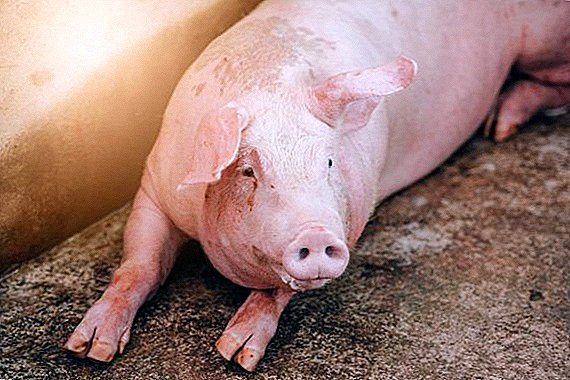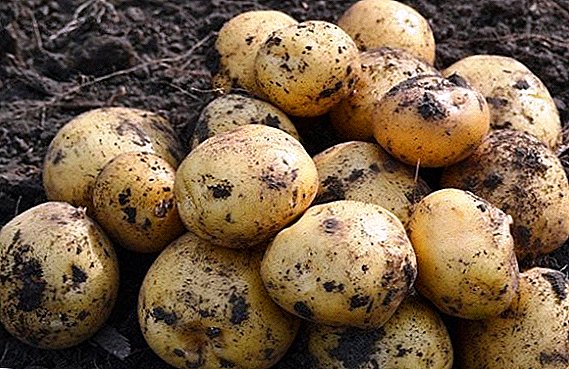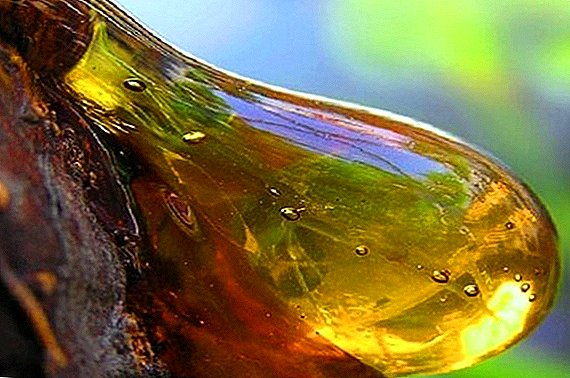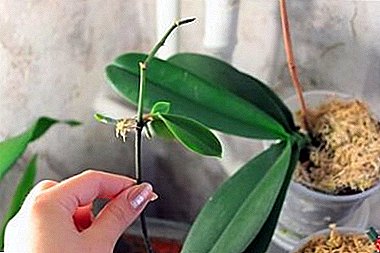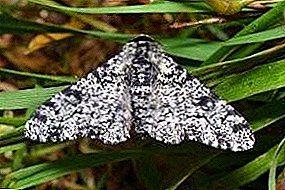
The peppered moth family of pests numbers fifteen thousand species, the name was obtained as a result of the caterpillar movement patterns.
Butterflies do not have a bright color, the color of the wings is often very close to the colors of the habitat, insects firmly press the wings and body to the surface of trees and merge with the background.
The pest can cause great damage to forest plantations and gardens, therefore it is recommended to take measures to destroy it as early as possible.
Birch Moth
Insect is considered one of the most common species, the length of the wings can reach forty millimeters, wingspan - thirty to forty millimeters. The wings are distinguished by a gray tinge with broken stripes, dots and small bright spots.
Insect is considered one of the examples of moving selection associated with industrial melanism. Until the middle of the 20th century. individuals of this species were distinguished by a light gray color; as industrial production developed, the color of insects began to darken, as did soiling trees.
Damage to plants is also caused by the moth caterpillars., on the back of insects are elevations that visually resemble warts, the central part is green, with brown spots at the ends.
Butterflies are found from mid-June to August, often flying at night. All moths differ in their habitat, wing color, pupation site, body shape, and time of appearance.
Known species of moth are also considered a large green, gooseberry, winter moth, male winter individuals have sufficiently developed wings, the time of the appearance of butterflies is in late autumn.
What plants hit
The moth eats the leaves of fruit trees (plum, cherry, Apple tree) it also strikes maple, birch, willow, oak, beechit is also worth fearing turn and roses.
How to fight
 It is recommended to fight females with underdeveloped wings with gluey trapping paper belts, on the surface of which non-drying garden glue should be applied.
It is recommended to fight females with underdeveloped wings with gluey trapping paper belts, on the surface of which non-drying garden glue should be applied.
This will help prevent insect females from crawling onto treetops for the purpose of laying eggs. They should be placed on the upper and lower parts of the trunk, insects accumulated on the belts and their eggs to be destroyed.
Late autumn is necessary to dig the ground in the area near the ground, the digging of the soil should also be carried out between June and July, when the larvae pupate, which will prevent the appearance of insects into the world.
Biological methods of protection show high efficiency in the fight against moths, one of them is the creation of acceptable conditions for the life of the enemy and the pest - takhin flies, riders, to attract them, it is recommended to plant umbrella plants on the site (dill, celery, carrot).
Treatment of plants before or at the beginning of flowering with insecticide preparations will also help to get rid of the moth.gomaline, lipocide, dendrobatsilin).
Other methods of struggle:
- mechanical collection and destruction of caterpillars and their nests;
- regular cleaning of bark from lichens and mosses, whitewashing trunks;
- deep soil loosening in the near-bed space and between the rows;
- spraying with biological preparations and pesticides; it is carried out during the period of mass creeping out of the caterpillars.
Birch moth is considered one of the most common pests, the insect affects trees, eats leaves, a large number of insects can completely destroy the crown of a tree. As countermeasures, it is recommended to use agrotechnical, biological methods, as well as a mechanical method. The choice of control method depends on the time of year, the degree of pest damage to the trees, the characteristics of the site, etc.




